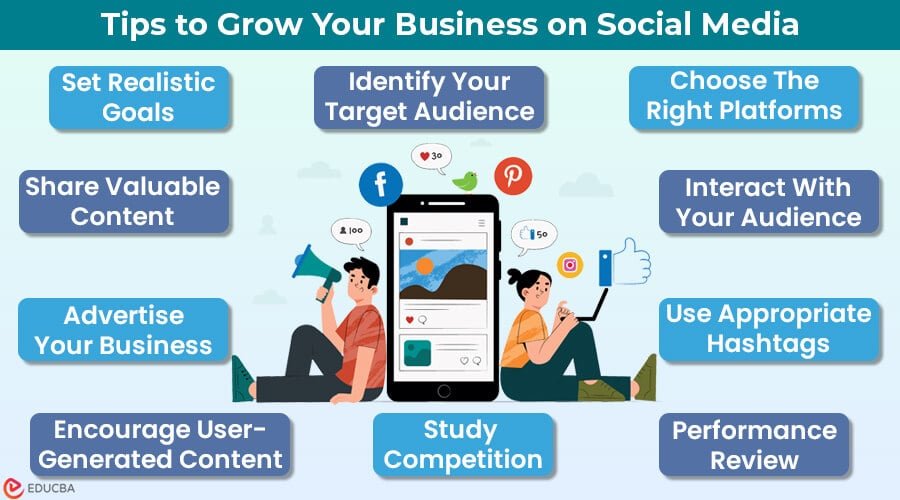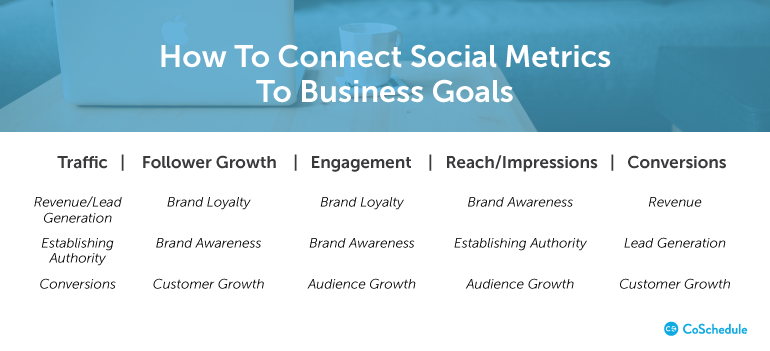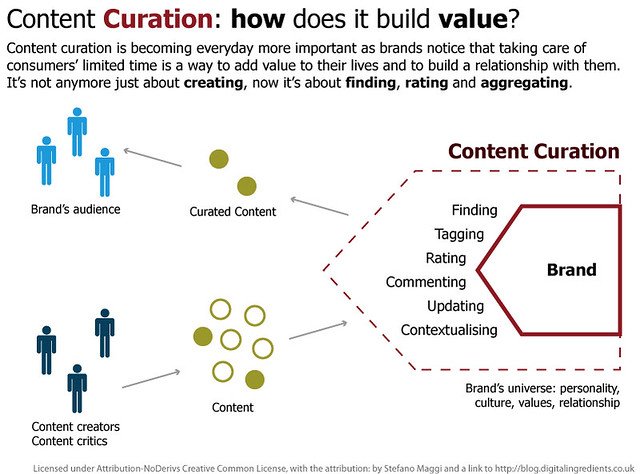Did you know that over 4.9 billion people worldwide use social media? That’s more than half the world’s population actively engaging on platforms like Facebook, Instagram, LinkedIn, and more every day. For businesses, this translates into an immense opportunity to connect with potential customers, build brand loyalty, and boost revenue.
Social media is no longer just about sharing memes and selfies. It has evolved into a powerful tool for promoting your business, fostering relationships with your audience, and scaling revenue. But here’s the catch—not everyone knows how to effectively use it.
This guide will take you through step-by-step strategies for leveraging social media to grow your business. Whether you’re a small business owner, a marketing professional, or an entrepreneur, you’ll leave with proven tactics to supercharge your digital strategy.
Understanding the Basics of Social Media Marketing
Before we jump in, let’s cover the groundwork of social media marketing and its fundamentals.
What is Social Media Marketing?

Social media marketing involves creating, sharing, and analyzing content to achieve your business goals. This could mean increasing your brand awareness, driving traffic to your website, or directly boosting sales. Think of it as using apps like Instagram, LinkedIn, and TikTok as digital storefronts for your brand.
Key Social Media Platforms for Businesses
Not all platforms are created equal. Here’s where different industries find their sweet spot based on audience behavior:
- Facebook for community engagement and event promotion.
- Instagram for visually-driven industries like fashion, food, and fitness.
- LinkedIn for B2B relationships and professional networking.
- TikTok for creative brands targeting Gen Z.
- Twitter for real-time updates, news, and customer interaction.
Setting Clear and Achievable Marketing Goals
Your first step? Define clear goals. Maybe you want to double website traffic or earn 100 new Instagram followers in the first month. Goals guide your strategies and help measure success. Always use SMART goals (Specific, Measurable, Achievable, Relevant, and Time-bound).

Developing a Social Media Strategy
Without a plan, you’re just posting pretty pictures. A solid strategy will help you stay consistent and achieve real business growth.
Defining Your Target Audience
Who are you trying to reach? A yoga studio may target wellness enthusiasts aged 25–40, while a software company focuses on IT managers. Break your audience down by demographics, interests, behavior, and pain points.
Conducting a Social Media Audit
Before starting fresh, analyze your current platforms. What’s working? What’s falling flat? This could mean looking at follower counts, engagement rates, and audience demographics.
Picking the Right Platforms for Your Business
Focus on quality, not quantity. Select 2–3 platforms where your audience spends the most time. For example:
- Shopify sellers might prioritize Instagram for product visibility.
- Consultants may use LinkedIn to network with decision-makers.
Content Creation and Curation

Authentic, engaging content is the backbone of social media success.
Creating Engaging Content
Content should inform, entertain, and inspire. Experiment with various formats like:
- Behind-the-scenes photos or videos.
- Educational posts or how-to guides.
- Stories and Reels for quick, digestible content.
Maintaining a Consistent Brand Voice
Your tone should match your brand personality. Whether casual or professional, consistency builds trust among followers.
Using Content Calendars and Tools
Plan posts ahead using tools like Hootsuite or Buffer. Consistency matters, and a calendar ensures you never miss a key posting window.
Engagement and Community Building
Social media thrives on relationships, so encourage two-way interaction.
Interaction Matters
Regularly respond to comments, messages, and even reviews. A simple “thank you” goes a long way in humanizing your brand.
Host Giveaways and User-Generated Content
Launching a contest or encouraging customers to share photos of your product builds excitement and trust. Did you know user-generated posts generate 28% higher engagement than brand-created content?
Influencer Collaborations

Partner with micro-influencers in your niche for authentic endorsements. For example, a vegan food company could collaborate with plant-based recipe influencers.
Social Media Advertising

If your organic reach feels limited, it’s time to consider paid ads.
Understanding Social Media Ads
Platforms like Facebook and Instagram allow businesses to run targeted campaigns to specific demographics. Imagine reaching only mothers aged 30–45 interested in eco-friendly baby products.
A/B Testing Your Ads
Run two slight variations of an ad to see which resonates better with your audience. Over time, this will optimize your ROI.
Measuring and Analyzing Results
Tracking performance ensures you know what’s working and what isn’t.
Key Performance Indicators to Track
Some common KPIs include:
- Engagement rate (likes, shares, comments).
- Website traffic from social referrals.
- Conversion rate (leads or sales driven by ads).
Using Analytics Tools
Utilize tools like Google Analytics, Facebook Insights, or external options like Sprout Social to get detailed metrics about your campaigns.
Social Media Trends and Future Predictions
The world of social media evolves constantly. Here’s where trends are heading:
- Video Domination with platforms like TikTok and Instagram Reels.
- AI in Social Media with tools like ChatGPT assisting content creation.
- Social Commerce enabling direct shopping on apps without needing an external checkout.
Common Mistakes to Avoid

While social media marketing is effective, pitfalls exist, too:
- Posting inconsistently or too infrequently.
- Using the wrong platforms for your audience.
- Ignoring analytics and continuing strategies that don’t work.
Tools and Resources for Social Media Success
Equip yourself with tools that save time and boost productivity:
- Hootsuite for scheduling.
- Canva for professional-looking graphics.
- BuzzSumo for trending content ideas.
Final Thoughts
Social media marketing has leveled the playing field for businesses of all sizes, making it easier than ever to connect with customers. By following this guide, you have the tools to craft a powerful digital strategy and grow your business online.
Remember, success doesn’t happen overnight. Stay consistent, analyze results, and remain open to evolving trends.
Want tips tailored specifically for your business niche? Drop your details below and start a free consultation with us today!



